Fungi are some of the most fascinating and diverse organisms on the planet, often growing in places we might never expect. From glowing mushrooms in humid forests to parasitic fungi that take over insects, these unique species play crucial roles in their ecosystems. In this article, we explore the top 9 unique fungi that thrive in hidden and surprising places, each with its own special features and intriguing behaviors. Discover how these remarkable organisms contribute to the natural world in ways you might never have imagined.
Glow-in-the-Dark Mushrooms (Mycena chlorophos)
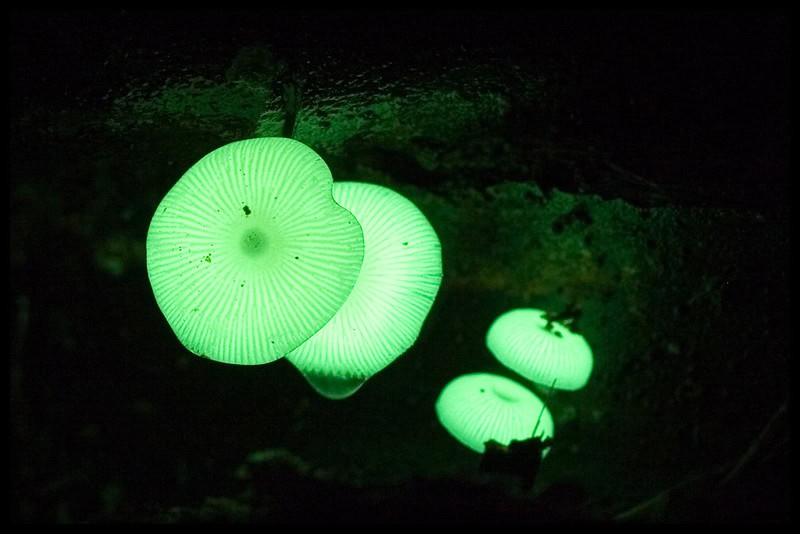
These fascinating mushrooms emit a soft, greenish glow in the dark, a phenomenon known as bioluminescence. Found in subtropical Asia, including Japan, Taiwan, and Southeast Asia, Mycena chlorophos typically grows on decaying wood in humid forests. The bioluminescent glow is caused by a chemical reaction involving luciferin and luciferase, which produce light without heat. This unique feature is thought to attract insects that help disperse the spores, ensuring the fungi’s reproduction. The ethereal glow of these mushrooms creates a mesmerizing sight in the forest at night.
Zombie Fungus (Ophiocordyceps unilateralis)
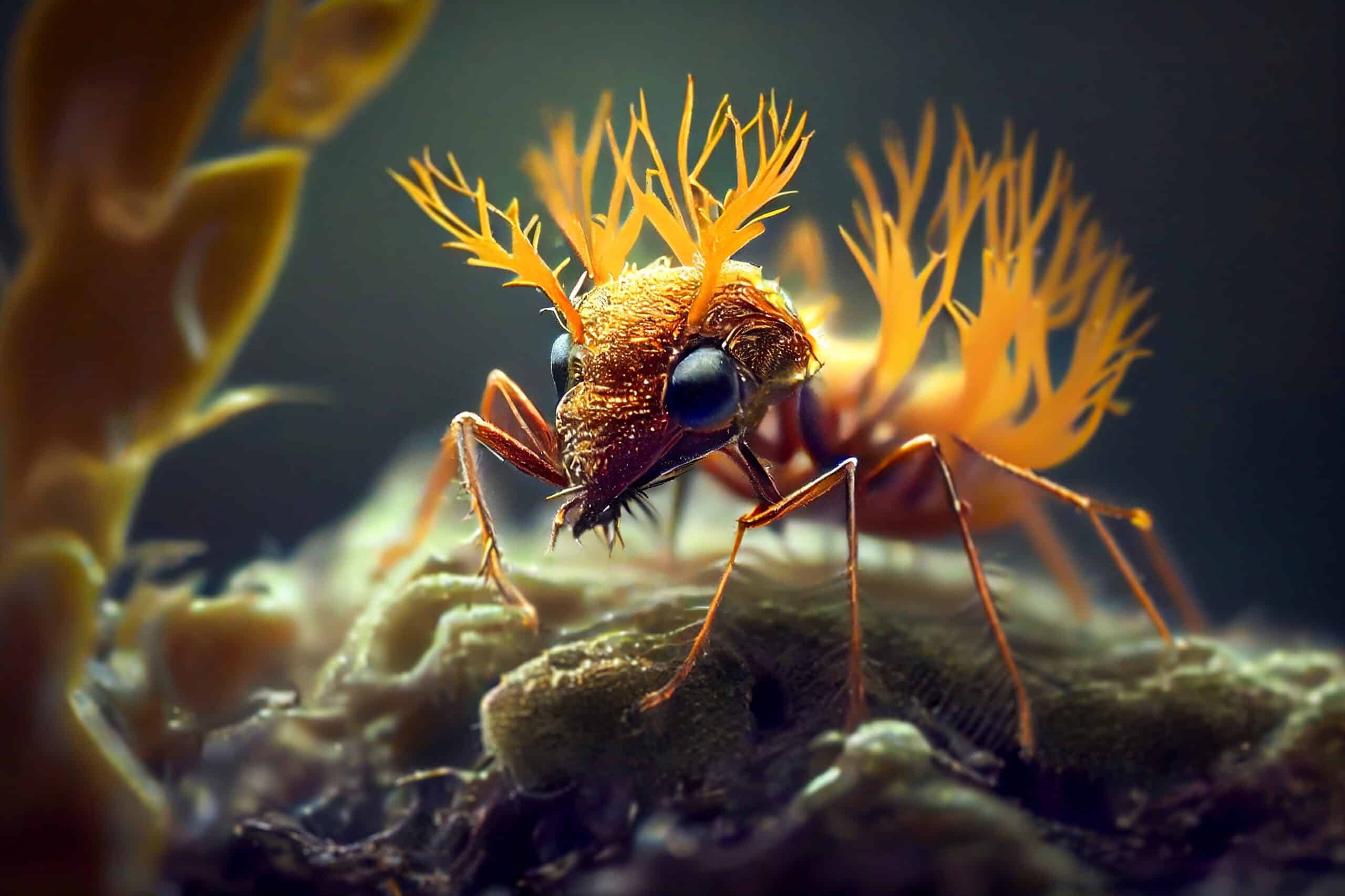
The Zombie Fungus is a parasitic fungus that infects ants, taking over their central nervous system. Once infected, the ant is compelled to climb vegetation, where it clamps onto a leaf or twig before succumbing to the fungus. The fungus then sprouts from the ant’s body, releasing spores to infect more ants. This gruesome yet fascinating life cycle highlights the complex interactions between parasites and their hosts. Ophiocordyceps unilateralis can be found in tropical forests around the world, where it plays a significant role in controlling ant populations.
Penicillium roqueforti
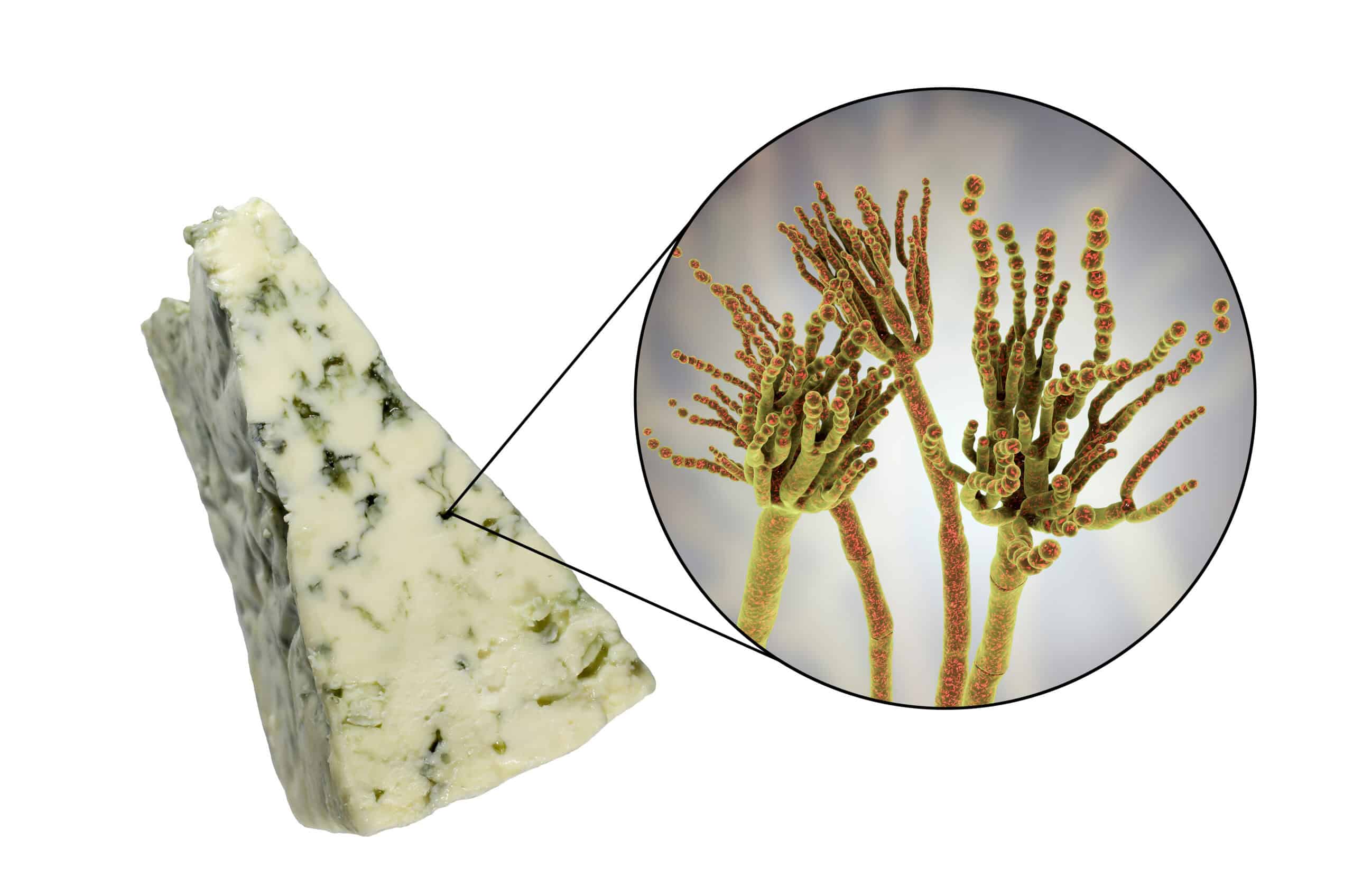
Penicillium roqueforti is best known for its role in creating blue cheese, including Roquefort, Stilton, and Gorgonzola. This fungus thrives in the cool, moist conditions of the caves in Roquefort-sur-Soulzon, France. Its spores create the characteristic blue veins in the cheese, producing enzymes that break down the fats and proteins, resulting in the distinctive texture and flavor. Beyond its culinary use, Penicillium roqueforti has been studied for its potential in biotechnology and pharmaceuticals, highlighting its versatility and importance.
Hair Ice (Exidiopsis effusa)
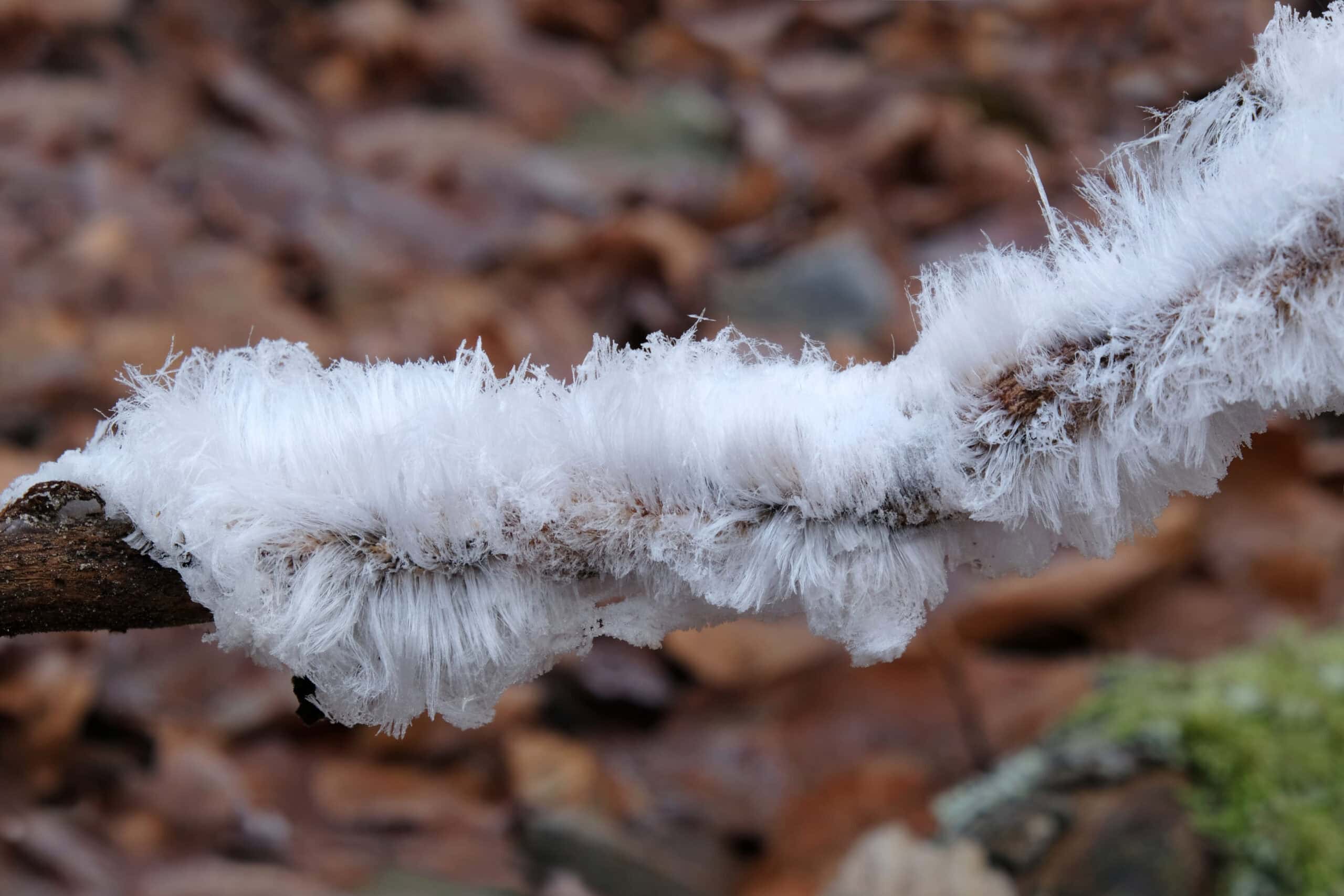
Hair Ice forms thin, hair-like ice structures on dead wood during humid winter nights. This phenomenon occurs when Exidiopsis effusa, a fungus that decomposes wood, creates conditions that allow water to extrude through the wood’s pores and freeze into fine filaments. These ice hairs can grow up to 20 centimeters in length and maintain their shape for several hours, as long as temperatures remain below freezing. The delicate and transient beauty of Hair Ice has fascinated scientists and nature enthusiasts for over a century.
Bird’s Nest Fungus (Nidulariaceae family)
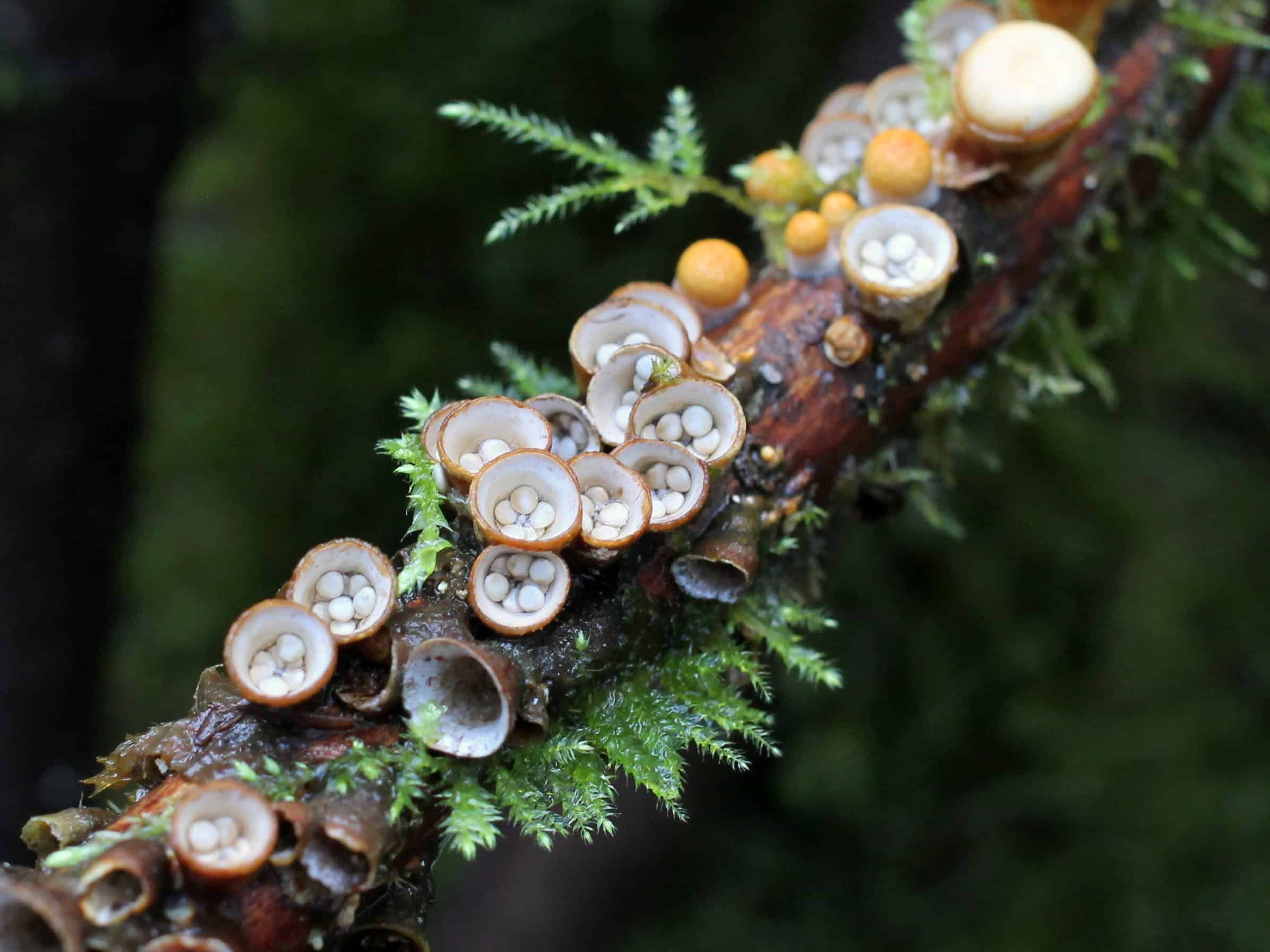
Bird’s Nest Fungi get their name from their fruiting bodies, which resemble tiny bird’s nests filled with egg-like structures called peridioles. These fungi grow on decaying wood and plant material in forests and gardens. When raindrops hit the nests, the peridioles are splashed out, helping to disperse the spores. This unique reproductive strategy, combined with their charming appearance, makes Bird’s Nest Fungi a remarkable example of nature’s ingenuity.
Stinkhorn (Phallaceae family)

Stinkhorns are known for their phallic shape and foul odor, which attracts insects to help disperse their spores. These fungi grow in woodlands and gardens, often emerging from an egg-like structure in the soil. The cap of the stinkhorn is covered with a slimy, spore-laden substance that emits a strong, unpleasant smell, mimicking decaying organic matter. Despite their off-putting odor, stinkhorns play an essential role in decomposing dead plant material and recycling nutrients in the ecosystem.
Dead Man’s Fingers (Xylaria polymorpha)
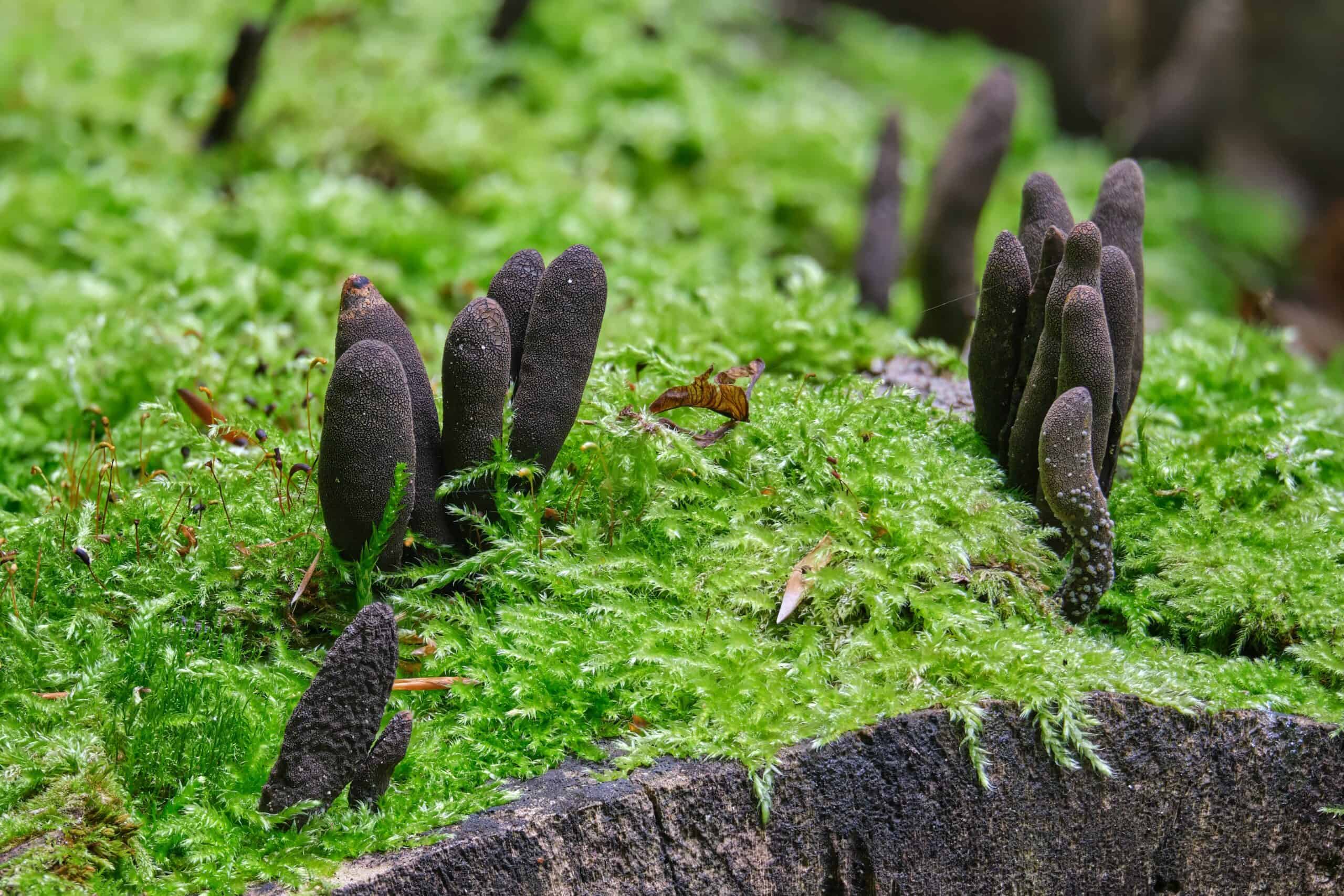
Dead Man’s Fingers are black, finger-like fungi that grow on decaying wood and stumps, often resembling decaying fingers protruding from the ground. Found in forests and woodlands, Xylaria polymorpha contributes to the decomposition of dead wood, recycling nutrients back into the soil. Its macabre appearance has inspired folklore and superstitions, adding to its mystique. Despite its eerie look, Dead Man’s Fingers play a crucial role in maintaining forest health by breaking down complex organic materials.
Mushroom Stones (Lithops)
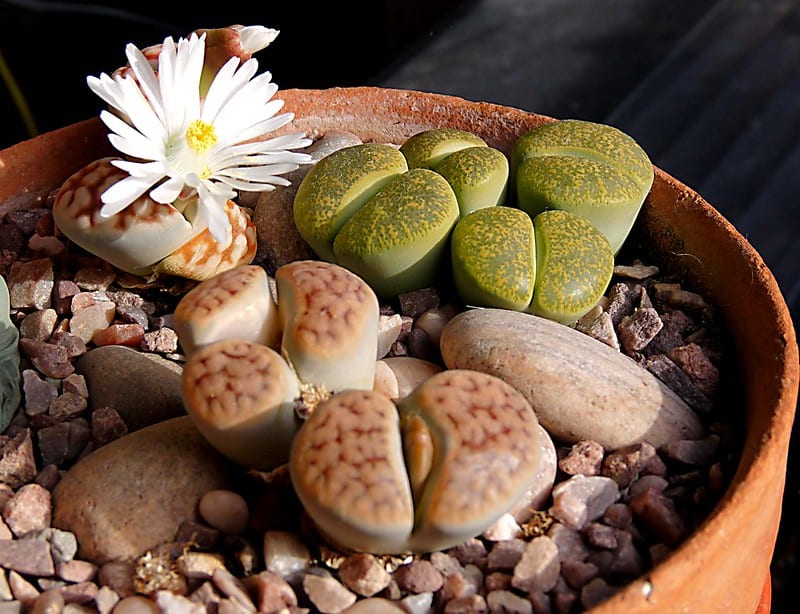
Also known as living stones, Mushroom Stones are not true fungi but succulent plants that mimic rocks and stones in arid environments. Found in hidden crevices in deserts, these plants have evolved to blend seamlessly with their surroundings to avoid predation. Their unique appearance and ability to thrive in harsh conditions make them a fascinating subject for botanists and plant enthusiasts. The deceptive appearance of Mushroom Stones demonstrates the incredible adaptability of life in extreme environments.
Cordyceps militaris
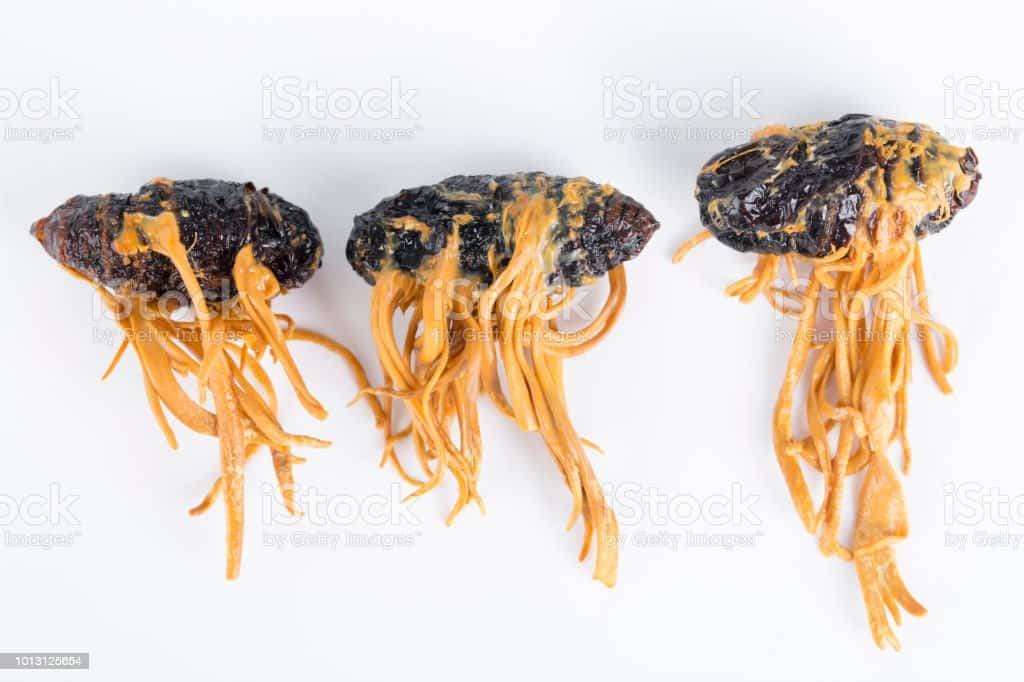
Cordyceps militaris is a parasitic fungus that infects insects and other fungi, primarily found in hidden, moist forest floors. It has bright orange, club-shaped fruiting bodies that emerge from the host’s body. This fungus has been used in traditional medicine for its purported health benefits, including boosting energy and stamina. The parasitic nature and medicinal properties of Cordyceps militaris highlight the diverse roles fungi play in both ecosystems and human culture.
This article originally appeared on Rarest.org.
More from Rarest.org
19 Ancient Recipes Still Enjoyed Today

Throughout history, many ancient recipes have stood the test of time, continuing to delight taste buds around the world. Read more.
20 Astonishing Facts About Ancient Cultures
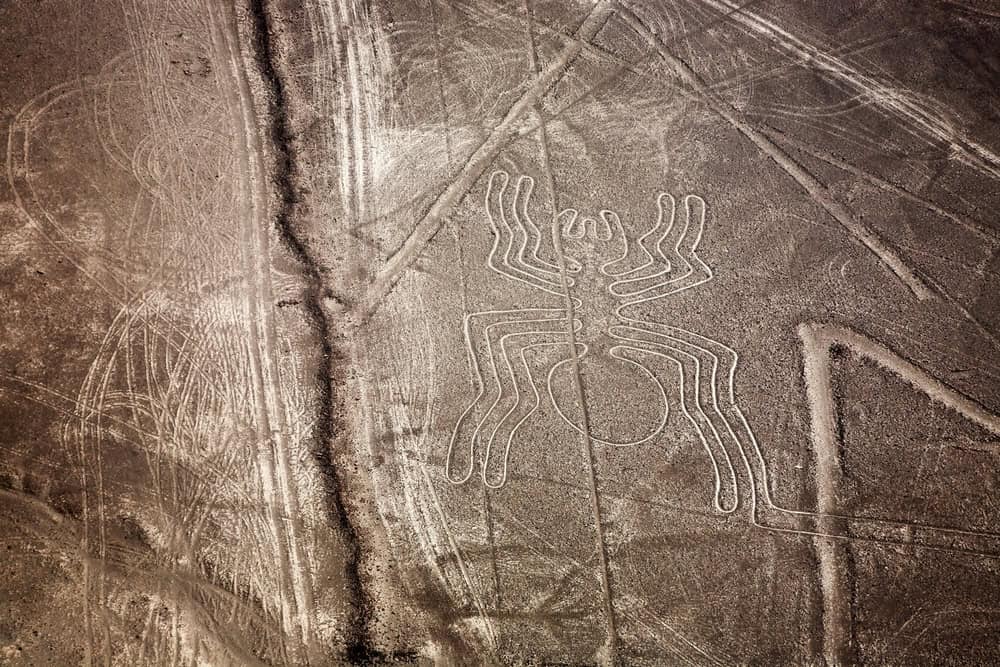
Ancient civilizations and lost cultures have always fascinated us with their remarkable achievements and enduring mysteries. Read more.
20 Inventions That Altered the Course of Civilization

Inventions have always played a crucial role in shaping human civilization, transforming the way we live, work, and interact with the world around us. Read more.
